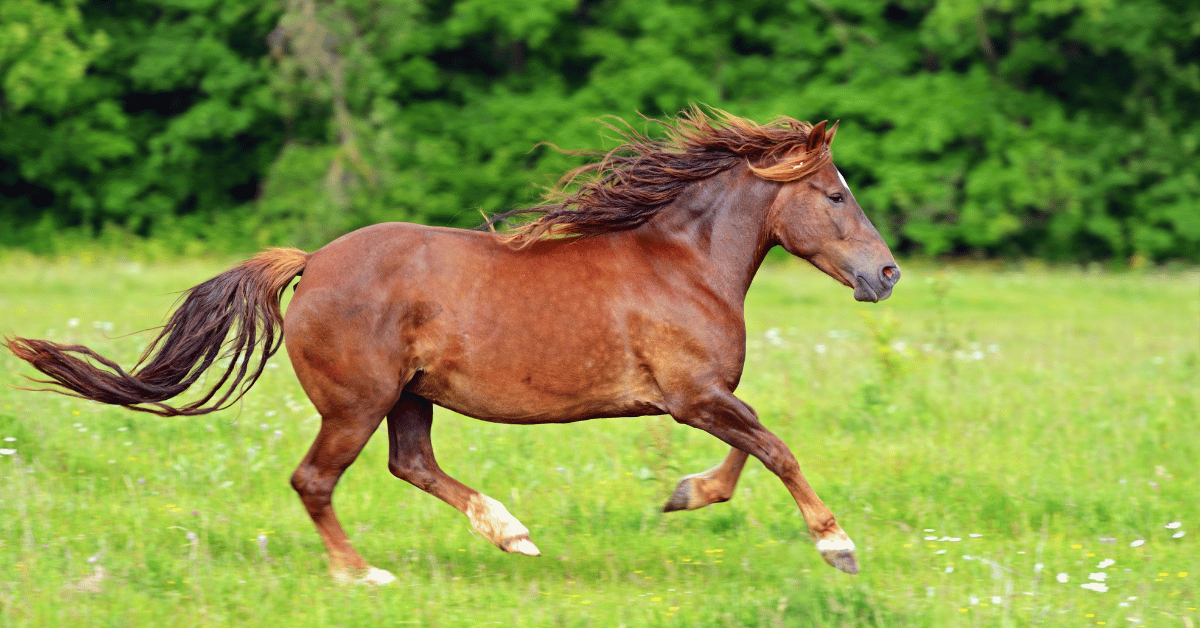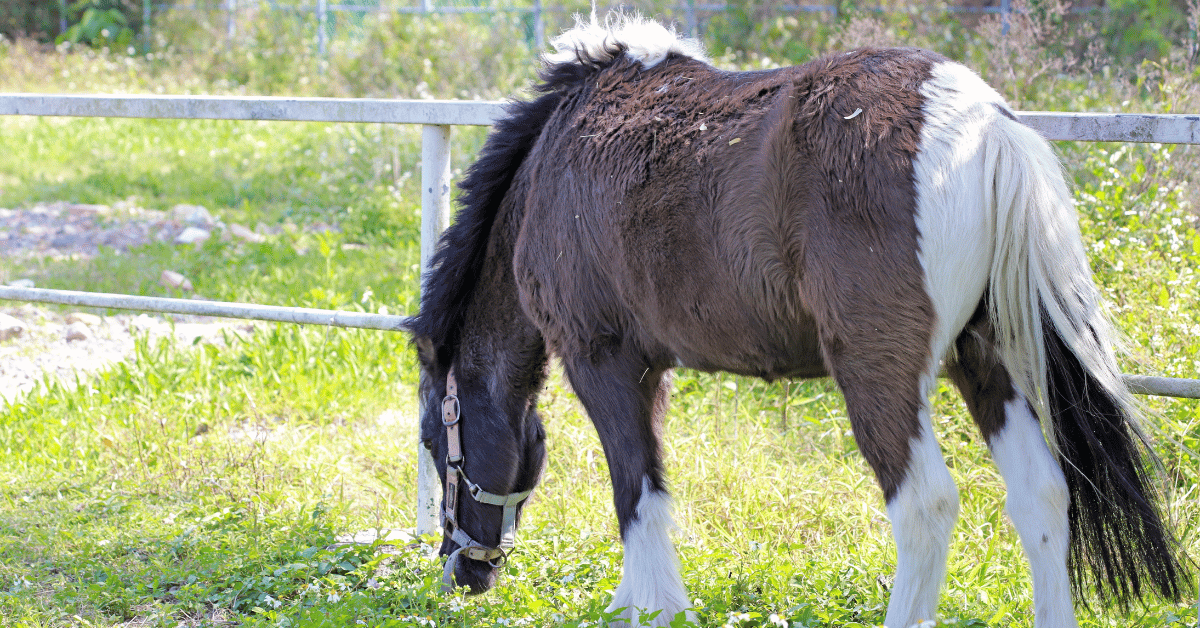Herbs Recommended for Horses with PPID
When a horse develops PPID, it’s crucial to pay close attention to its diet. PPID causes hormonal fluctuations and dysregulation. As a result, many PPID horses become insulin resistant, which can lead to laminitis (hoof inflammation). A well-balanced ration and herbal support are therefore important considerations for managing PPID.
Nettle
Insulin resistance
Feeding

10 August '25 • 2 min reading time
Horses with PPID should consume minimal sugars. Low‑sugar hay or soaked hay forms the cornerstone of a healthy diet—especially important if your horse has previously experienced laminitis. The hay should serve as the base of the ration. Additionally, your horse needs a high-quality balancer with essential vitamins and minerals. Soaking hay reduces nutrient content, so supplementation of amino acids and omega‑3 fatty acids may also be beneficial.
Regulating Blood Sugar Spikes
In addition to proper nutrition, certain herbal supplements can help stabilize your horse’s blood sugar—crucial if your horse is prone to laminitis. One well-known blend is Triphala, an Ayurvedic mixture of three dried fruits: Amalaki (Indian gooseberry, Emblica officinalis), Bibhitaki (Terminalia bellirica), and Haritaki (Terminalia chebula). Research shows that Triphala can influence fat storage and metabolic parameters, promote weight loss, reduce cholesterol, triglycerides, and lipoproteins, and improve insulin levels both fasting and post-meal—thus aiding blood sugar processing. In horses, Triphala is especially suitable for those with insulin resistance, thanks to its anti-inflammatory and insulin‑modulating properties
Supporting Detoxification
PPID horses benefit from gentle detoxification to help eliminate inflammatory by‑products and metabolic waste. Instead of harsh detox regimes, a mild cleanse with nettle tincture (liquid nettle) is recommended. Nettle supports blood purification and boosts the immune system. Giving a one-week nettle cure a few times per year can be beneficial—and most horses find it tasty.
Veterinary Care
If your horse shows symptoms of PPID—such as a long, curly coat, poor topline musculature, pot belly, or fatty deposits above the eyes—it’s essential to consult your veterinarian. Medications in pill form can significantly reduce PPID symptoms and help ensure your horse enjoys a comfortable older age. While around 15% of horses over 15 years old develop PPID, many owners are not aware of it!
Sources:
Harris, Pat. Nutrition and senior horses. 2013. Vettimes : 18-21. https://www.vettimes.co.uk/app/uploads/wp-post-to-pdf-enhanced-cache/1/nutrition-and-senior-horses.pdf
Van den Bossche, Lien. Nutritional management of PPID in horses. Diss. Ghent University, 2023. https://libstore.ugent.be/fulltxt/RUG01/003/204/118/RUG01-003204118_2024_0001_AC.pdf
Christine Tara Peterson, Kate Denniston, and Deepak Chopra. Therapeutic Uses of Triphala in Ayurvedic Medicine. The Journal of Alternative and Complementary Medicine.Aug 2017.607-614. https://www.liebertpub.com/doi/full/10.1089/acm.2017.0083
Rajan SS, Antony S. Hypoglycemic effect of triphala on selected non insulin dependent diabetes mellitus subjects. Ancient Sci Life 2008;27:45–49. https://www.ncbi.nlm.nih.gov/pmc/articles/PMC3330861/pdf/ASL-27-45.pdf
Ganeshpurkar A, Jain S, Agarwal S. Experimental studies on glycolytic enzyme inhibitory and antiglycation potential of Triphala. Ayu 2015;36:96–100. https://www.ncbi.nlm.nih.gov/pmc/articles/PMC4687248/


